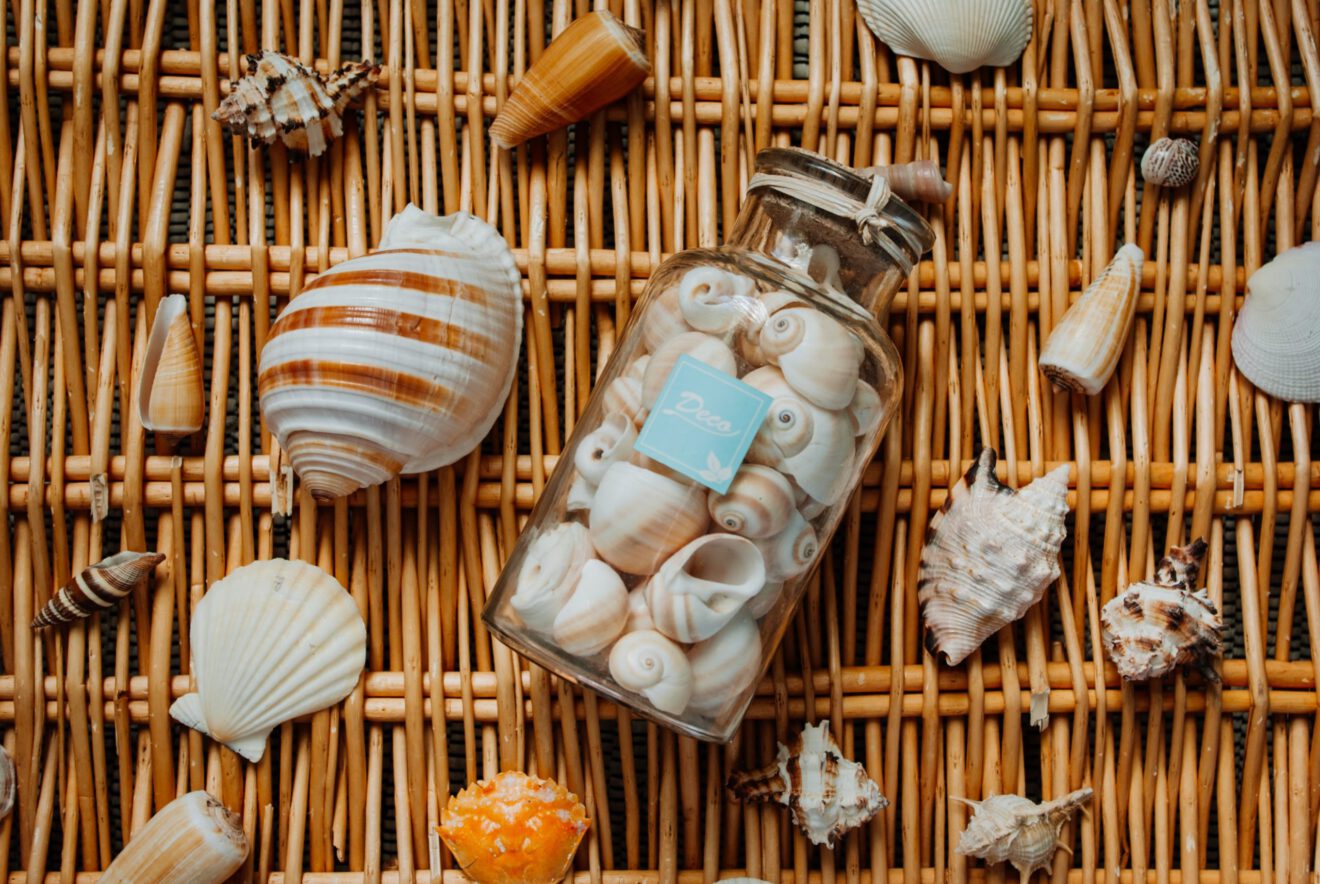In math class, we use manipulatives to progress through stages of the concrete-representational-abstract process. Manipulatives are the tools of math that are sometimes fun to play with yet have such an important role. In fact, manipulatives with cultural connections can be especially helpful to young students.
The CRA process is grounded in our theories about child development. In the 1960s, Jerome Bruner described “Stages of Representation” which is still considered to be valid today. In these stages, children progressed through various levels to support their understanding. First, they learned through movement and action, analogous to concrete manipulation of objects. Then, they could transfer that understanding to learning through pictures (representational). Finally, they were able to demonstrate learning by use of symbols ( +, -, x) that represent the information (abstract). CRA is one of the most common and valued teaching strategies in our math classes today.
I’d like to focus just on the concrete manipulatives here. We move small items around to build a strong foundation and demonstrate our understanding about almost any math concept. Manipulatives have come a long way during my teaching career. They can be anything, such as centimeter cubes, multilink blocks, teddy bear counters, two-colored counters, 10-frames, base-10 blocks or spinners. However, I’m a fan of using somewhat atypical manipulatives.
Choosing manipulatives with cultural connections
For instance, my favorite manipulative is buttons. My fascination with buttons goes back decades. As a young child, I would play with my mother’s button box while she sewed, and it makes me smile when I use them in math class. It is a part of my heritage, my culture, my identity. I’ve used buttons as a counter to demonstrate quantity or magnitude, as part of a sort, alike/different activity, size comparison, and for use in developing math vocabulary such as ordinal numbers, above, below, last, before and after.
While buttons hold special resonance for me, teachers can use items that have a special meaning for their students as a way to tie a student’s culture, experiences or interests to math. For example, I’ve used pistachios as manipulatives with my grandson. He’s on a special diet and ikes pistachios because he knows they’re high protein level is important for him. Another grandson brought me a cupful of “gems” that he “mined” for on vacation — because he lives and breathes “Minecraft.”
In your classroom, I urge you to consider the value of using atypical manipulatives. You can choose objects or ask students to bring in items that unveil something about their life. Consider a BYOM (bring your own manipulative) day, where students bring some sort of tokens from home. Most students will put a lot of thought into their selection, and it will often reveal what is important to them or something about their culture. Listen to the stories they tell about the objects, whether 20 pennies, toy cars or pieces of yarn. Your students will feel so valued!
This simple act helps students realize that their world outside of the 60 minutes spent in math class is still packed full of mathematical ideas and content. It also reveals information to us about their culture and lives and helps us connect with them as people.
The stories related to the object are important, but using them as manipulatives will help connect the students to the world of math.
Carol Buckley is an associate professor of mathematics at Messiah College in Pennsylvania.
Opinions expressed by SmartBrief contributors are their own.
_________________________
Subscribe to SmartBrief’s FREE email newsletter to see the latest hot topics on EdTech. It’s among SmartBrief’s more than 250 industry-focused newsletters.
